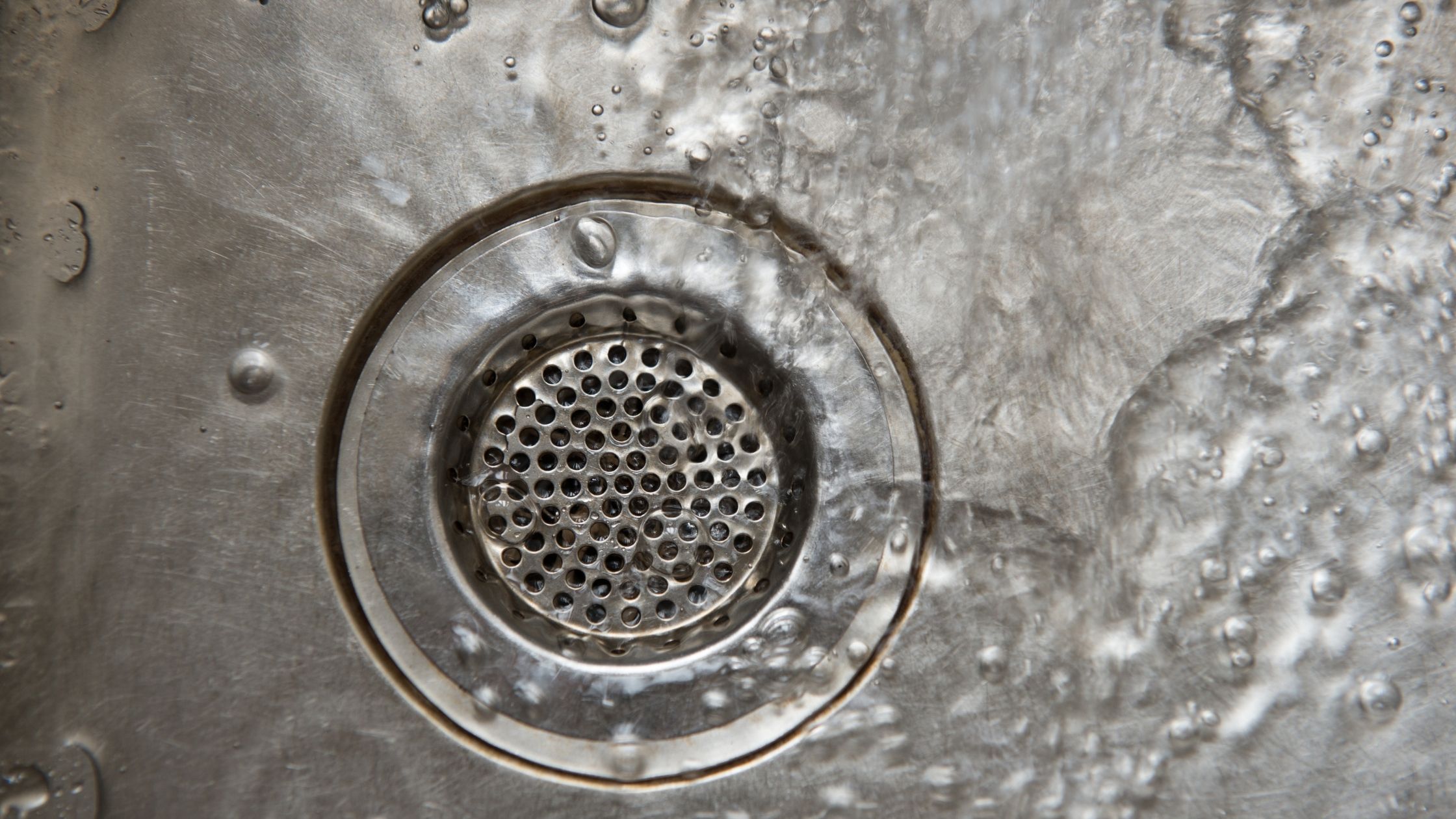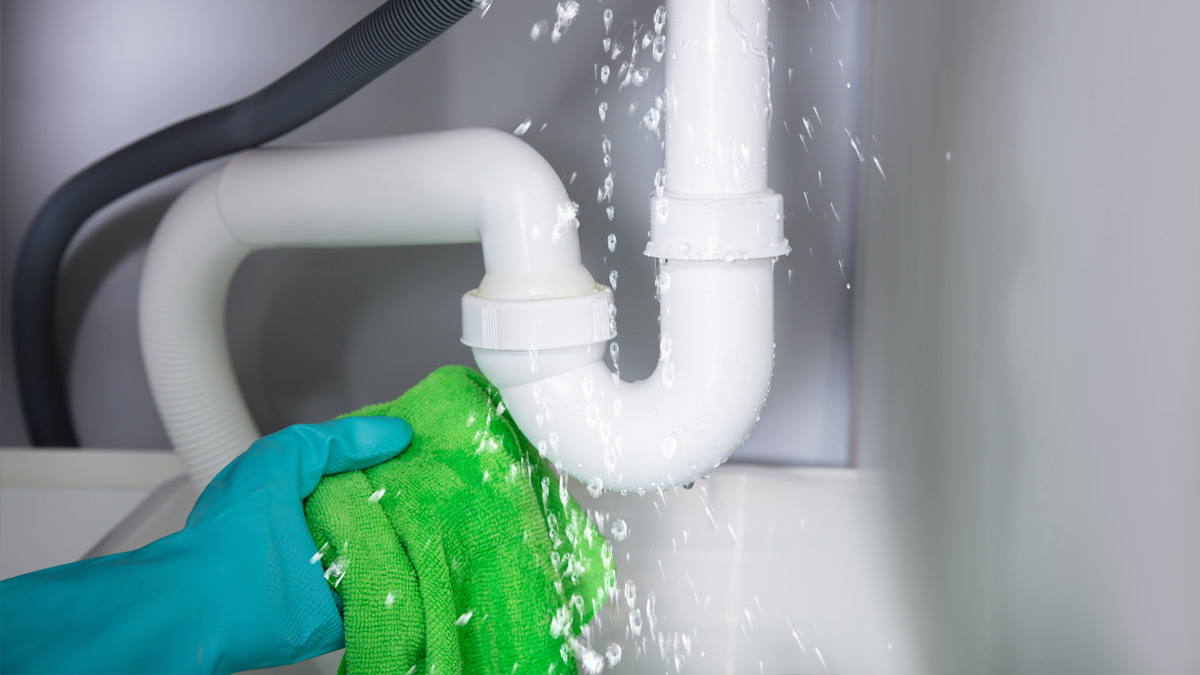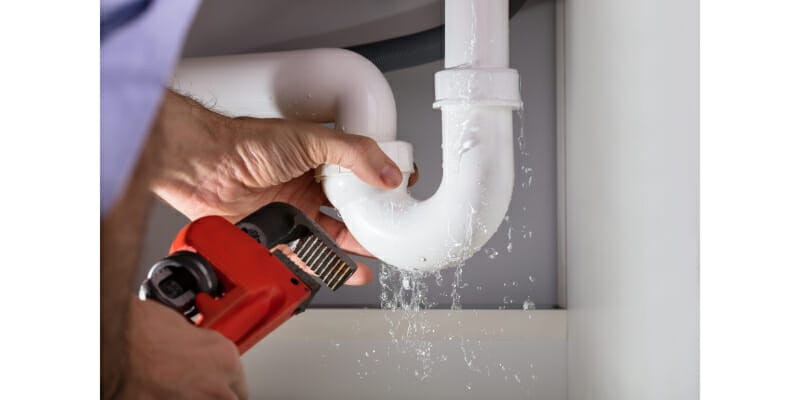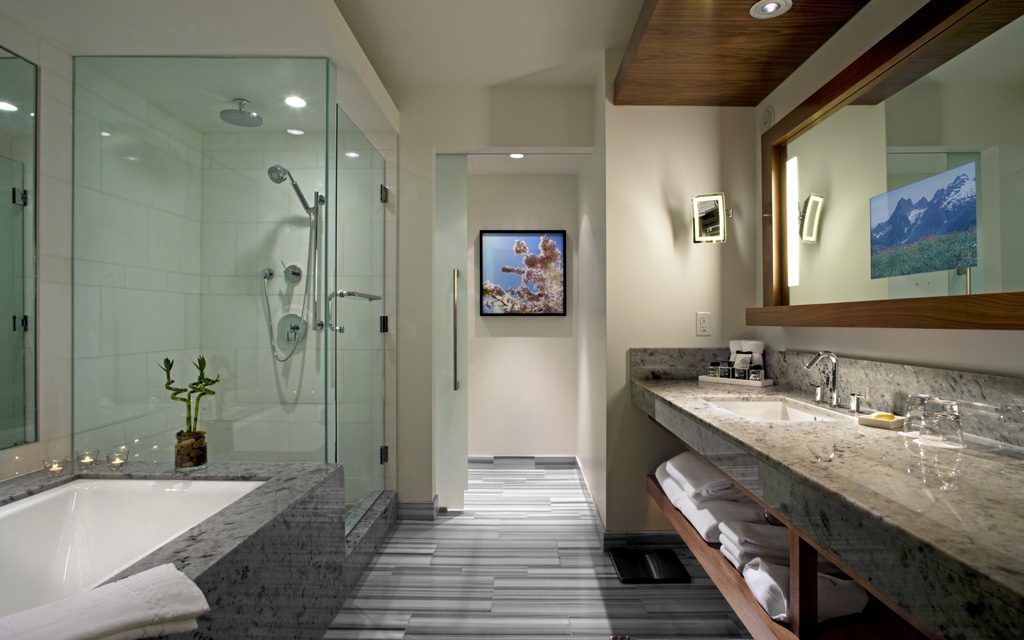If you've noticed water pooling under your bathroom sink, it's a sign that you have a leak. Not only is a leaking bathroom sink an annoyance, but it can also lead to water damage and higher water bills. The good news is, fixing a leaky bathroom sink is usually a simple and affordable task. In this section, we'll discuss the steps you can take to repair a leaking bathroom sink and get it back to working properly.1. Fixing a Leaky Bathroom Sink
Before you can fix a leaking bathroom sink, it's important to identify the source of the leak. Some common causes of a leaking bathroom sink include a worn out drain seal, loose or damaged pipes, or a faulty faucet. The location of the leak can also give you a clue as to what might be causing it. For example, if the leak is coming from the base of the sink, it's likely an issue with the drain seal. If the leak is coming from the faucet, it could be a problem with the faucet itself or the pipes leading to it.2. Common Causes of a Leaking Bathroom Sink
If the leak is coming from the drain seal, you'll need to replace it to fix the issue. This is usually a simple DIY task that involves removing the old seal and replacing it with a new one. Make sure to turn off the water supply before starting the repair and have a bucket handy to catch any excess water that may come out when you remove the old seal.3. Replacing a Leaky Bathroom Sink Drain
If the leak is coming from a loose or damaged pipe, you may be able to fix it yourself with a few simple tools. Tightening loose connections or replacing damaged pipes can often solve the issue. However, if you're not comfortable working with plumbing or the issue is more complex, it's best to call in a professional plumber to avoid causing further damage.4. DIY Solutions for a Leaking Bathroom Sink
In some cases, a leaking bathroom sink may require the expertise of a professional plumber. If the issue is with the faucet itself, a plumber can help repair or replace it. They can also inspect the pipes and connections to ensure there are no other underlying issues causing the leak. Hiring a professional may cost more upfront, but it can save you time and hassle in the long run.5. Professional Plumbing Services for a Leaking Bathroom Sink
It can be tough to know whether you should try to fix a leaking bathroom sink yourself or call in a plumber. If the issue is small and easily fixable, DIY may be the way to go. However, if you're unsure of the cause of the leak or it's a more complex issue, it's best to leave it to the professionals. Attempting to fix a problem beyond your skill level can lead to more damage and costly repairs.6. Leaking Bathroom Sink: Is it a DIY Job or Time to Call a Plumber?
Sometimes, a leaking bathroom sink may not be immediately visible. This could be due to a hidden leak behind the walls or under the sink. Signs of a hidden leak include a musty smell, mold or mildew growth, or a sudden increase in your water bill. If you suspect a hidden leak, it's important to locate and fix it as soon as possible to avoid further damage. A professional plumber can help with this by using specialized equipment to detect the source of the leak.7. How to Detect and Fix a Hidden Leaking Bathroom Sink
In addition to fixing the leak, it's important to address any water damage that may have occurred as a result. This could include warped cabinetry, damaged flooring, or mold growth. If the damage is minor, you may be able to handle it yourself with the help of a dehumidifier and some cleaning supplies. For more extensive damage, it's best to consult with a professional restoration company to ensure the area is properly dried and restored.8. Preventing Water Damage from a Leaking Bathroom Sink
If your bathroom sink is beyond repair, you'll need to replace it. You may be tempted to tackle this as a DIY project, but it's important to consider your skill level and the complexity of the job. Replacing a bathroom sink involves disconnecting and reconnecting plumbing, as well as ensuring the new sink is properly sealed. If you're not confident in your abilities, it's best to hire a professional to ensure the job is done correctly.9. Replacing a Leaking Bathroom Sink: DIY or Hire a Professional?
Once you've fixed a leaking bathroom sink, it's important to take steps to prevent future leaks. This includes regularly checking the sink and pipes for any signs of damage or wear, addressing any issues promptly, and maintaining good plumbing habits such as not using chemical drain cleaners and avoiding putting large objects down the drain. With proper maintenance, you can keep your bathroom sink leak-free for years to come. In conclusion, a leaking bathroom sink is a common issue that can be easily fixed with the right knowledge and tools. Whether you choose to tackle the repair yourself or hire a professional, it's important to address the issue promptly to avoid further damage and expenses. By following these tips and properly maintaining your bathroom sink, you can keep it functioning properly and prevent leaks in the future.10. Maintaining a Leak-Free Bathroom Sink
How to Handle a Leaking Bathroom Sink

Don't Let a Leaky Sink Dampen Your House Design

A leaky bathroom sink can be a major inconvenience and disrupt your daily routine. Not to mention, it can also cause damage to your house design and lead to costly repairs. If you've noticed water pooling underneath your bathroom sink, it's important to address the issue before it gets worse. Here are some steps you can take to handle a leaking bathroom sink and maintain the integrity of your house design.
Identify the Source of the Leak

The first step in dealing with a leaking bathroom sink is to identify where the leak is coming from. The most common cause of a leaky sink is a worn out or faulty sealant around the sink's drain or water supply lines . This can often be fixed by simply tightening or replacing the affected parts.
Turn Off the Water Supply

Before attempting any repairs, be sure to turn off the water supply to your bathroom sink. This will prevent any further water damage and make it easier to work on the sink without getting soaked. The shut-off valve is usually located under the sink or in a nearby utility closet.
Replace the Sealant

If the leak is coming from the sealant around the drain or water supply lines, you will need to replace it. Begin by removing the old sealant with a putty knife or scraper. Then, apply a new layer of waterproof sealant around the edges of the drain and water supply lines. Be sure to smooth out any excess sealant and allow it to dry completely before using the sink again.
Check for Any Loose Connections

If the leak is not coming from the sealant, it's possible that one of the connections under the sink is loose. Check all the connections, including the P-trap and the fittings for the water supply lines. Tighten any loose connections using a wrench or pliers.
Call a Professional

If you've tried these steps and the leak persists, it may be time to call a professional plumber. They have the knowledge and expertise to diagnose and fix the issue, saving you time and hassle. Plus, it's always better to address a leaking bathroom sink sooner rather than later to prevent further damage to your house design.
In conclusion, a leaking bathroom sink can be a headache, but it's important to handle it promptly in order to maintain the beauty and functionality of your house design. By identifying the source of the leak, turning off the water supply, and utilizing proper techniques, you can successfully solve the problem and keep your bathroom sink in tip-top shape.










































:max_bytes(150000):strip_icc()/Leakingpipe-GettyImages-921346082-fb92dca8462e4f70a93b42b5ecd4913a.jpg)





































